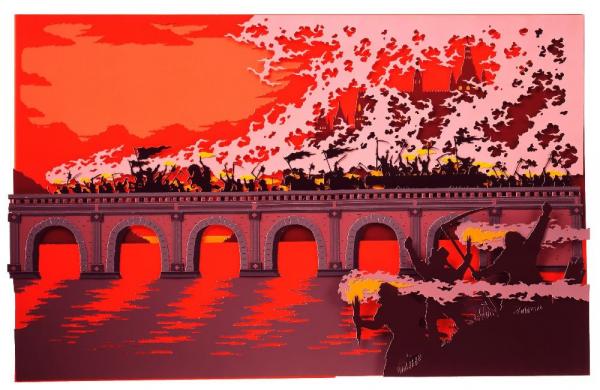
This has happened before, this will happen again. There is never mention of this again, but I like that it casts the tale in a continuum of tales. There had been another time and another Rabbi long ago. The Rabbi stretched himself over the Golem and gave him the breath of life.

I say 'rises again' because of this enigmatic passage as the Golem slowly awakens: The Golem rises again in this splendid, beautifully chilling picture book. This version is different in that it uses Expressionist painting, with its indistinct shapes, bright colors and black outlines, to show the violence of the story. The rabbi, therefore, must destroy his creation. This is especially true when the rabbi's dream comes true and the golem must stop a riot, but instead of simply stopping it, he runs rampant throughout the ghetto burning down houses and uprooting trees. This prompts him to create a golem, a powerful clay man, who serves as the guardian and protector of the ghetto. Rabbi Lev is the leader of the Jewish Ghetto in Prague in the sixteenth century and one night he has a prophetic dream about trouble between the Jews and Christians of that city. It is basically the same story of the Wisniewski verson except that it ends more suddenly. This book won a 1977 Caldecott Honor award, and was rather hard to find (finally managed to get an interlibrary loan copy from Georgia). I was curious to see another person's interpretation of the story and this one was definitely interesting.

I had heard of the Golem story before, through David Wisniewski's wonderful 1996 version and other books.


 0 kommentar(er)
0 kommentar(er)
